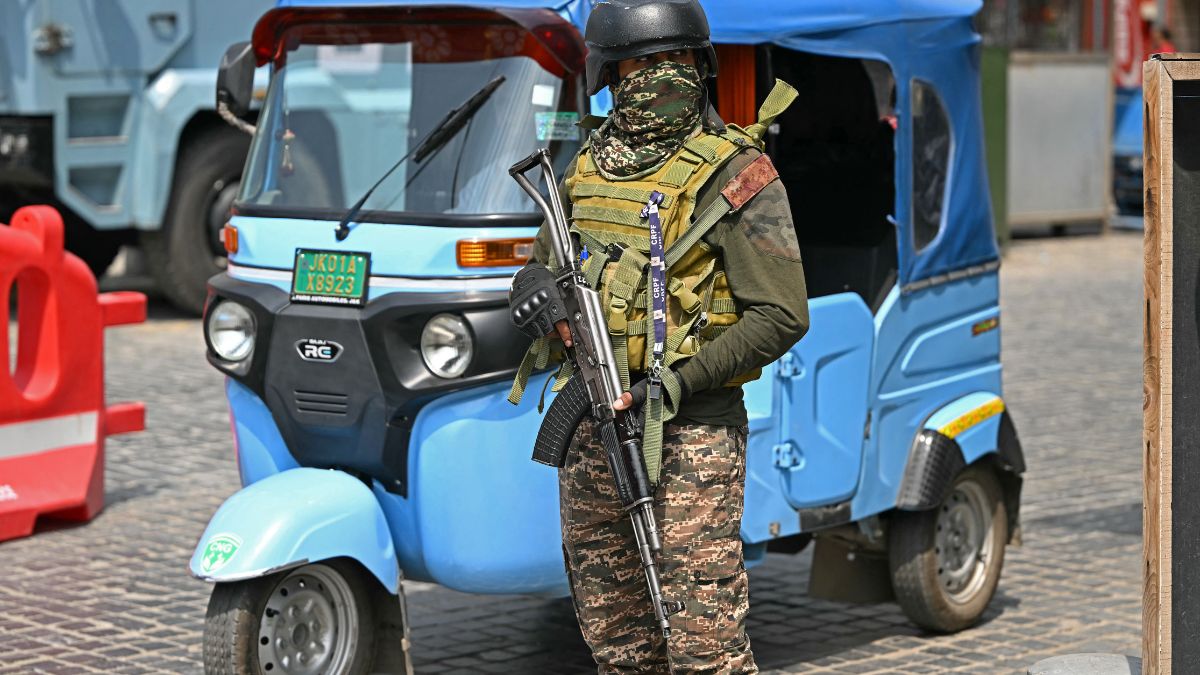

The recent terror attack in Pahalgam, where terrorists disguised in uniforms targeted tourists, has triggered serious security concerns in Jammu and Kashmir. This incident, part of a disturbing trend, has made it difficult to differentiate between security forces and militants, thereby increasing the risk of misidentification and confusion among both civilians and forces.
On April 22, 2025, heavily armed terrorists from The Resistance Front (TRF) launched a deadly assault on tourists in the Baisaran Valley near Pahalgam. Disguised in uniforms resembling those of Indian forces, the terrorists opened fire, killing 26 people, including a naval officer and a Nepali national. The attack, which is considered one of the deadliest in the region since the 2008 Mumbai attacks, has prompted swift military retaliation and intensified security measures.
This is not the first time that terrorists have used disguises. Previously, three Jaish-e-Mohammad terrorists wore military uniforms during an operation in Tral. Security forces are worried that this tactic could lead to deadly misidentifications during operations.
Following the Pahalgam attack, the Indian Army launched Operation Sindoor, targeting terror camps in Pakistan-Occupied Kashmir (PoK). This operation is considered one of the most aggressive military actions since the 2019 Balakot air strikes. The Indian Army targeted high-value terrorists, including Yusuf Azhar, Abdul Malik Rauf, and Mudasir Ahmed, who were involved in previous terror attacks such as the IC-814 hijacking and the Pulwama explosion.
In response to the heightened threat, security agencies have begun to review standard operating procedures and are considering stricter identification measures at checkpoints and tourist locations. The use of uniforms by terrorists is seen as an attempt to erode public trust in the security apparatus.
Eyewitness accounts from the Pahalgam attack revealed that some terrorists wore camouflage uniforms, while others were dressed in black. Armed with AK-series rifles, the terrorists reportedly separated people into groups, inquired about their names and religions, and then selectively killed the men in front of women and children. This deliberate targeting has heightened concerns about the motives and strategies of the militant groups.
Security agencies released sketches and photographs of suspected terrorists involved in the Pahalgam attack. The identified terrorists include Asif Fauji, Suleman Shah, and Abu Talha. Investigations suggest that two Kashmiri men, Adil Guri and Ahsan, may have been among the attackers. These individuals are believed to have gone to Pakistan in 2018 and recently infiltrated back into the region with other Pakistani nationals.
The National Investigation Agency (NIA) is assisting the Jammu and Kashmir Police in the investigation. The NIA team is providing forensic analysis, gathering evidence from the scene, and helping identify those responsible for the attack.
The recurring use of military-style clothing by militants poses a significant challenge to security forces. It complicates threat identification and raises the potential for confusion, eroding trust among civilians. Enhanced security protocols, stricter identification measures, and ongoing counter-terrorism operations are essential to address this evolving threat and maintain stability in the region.